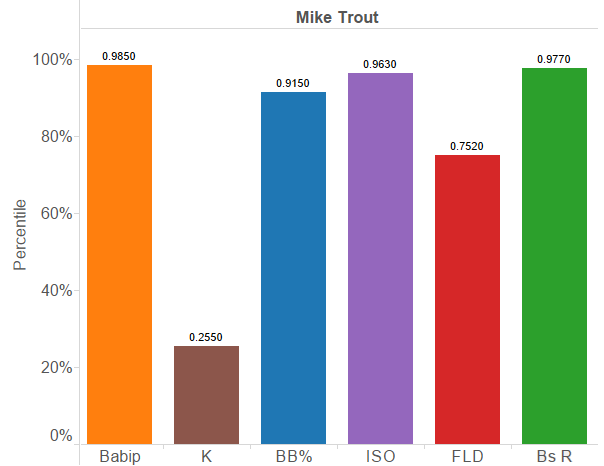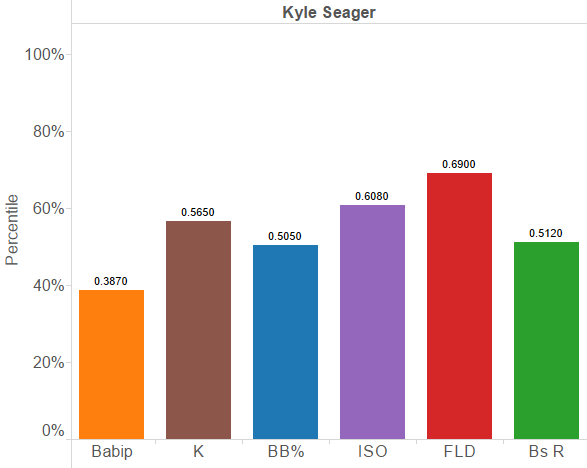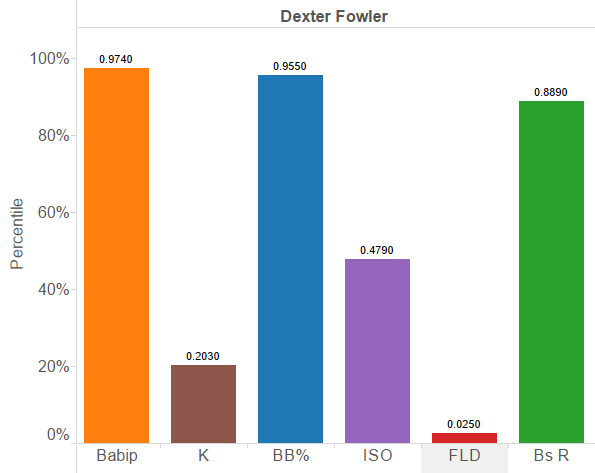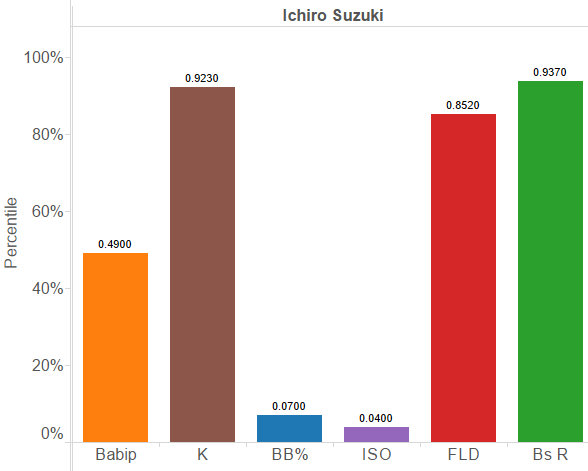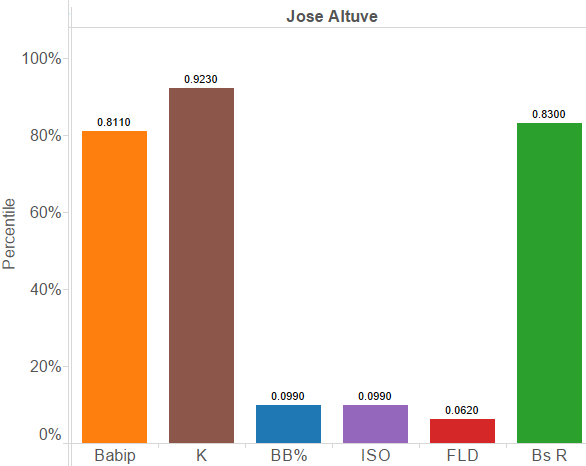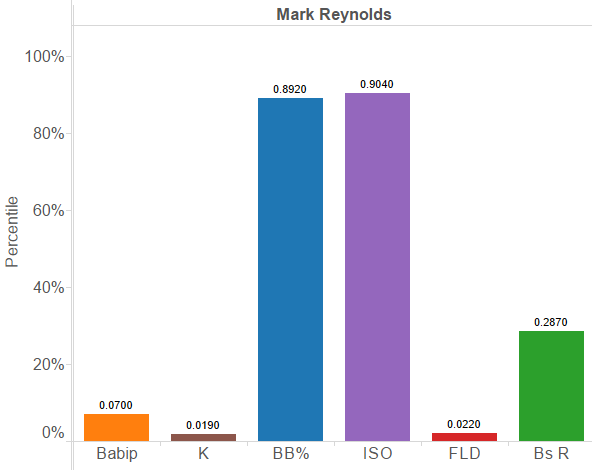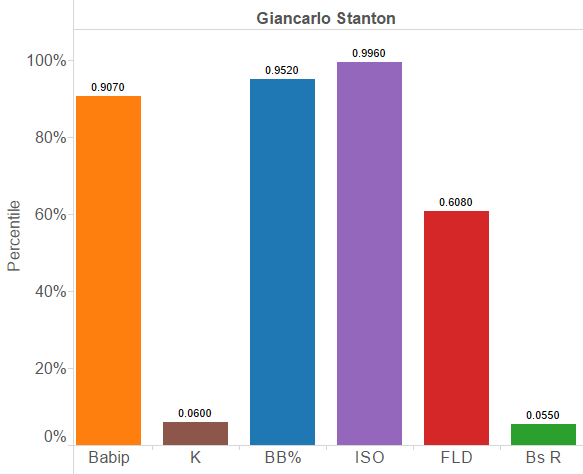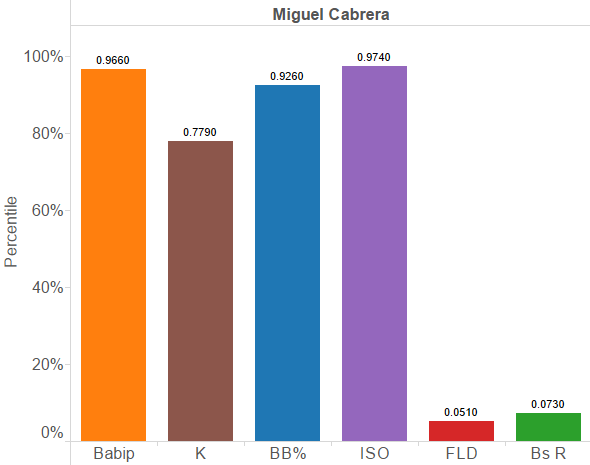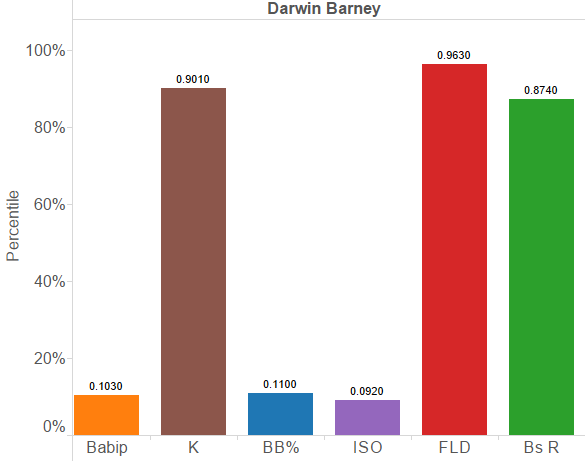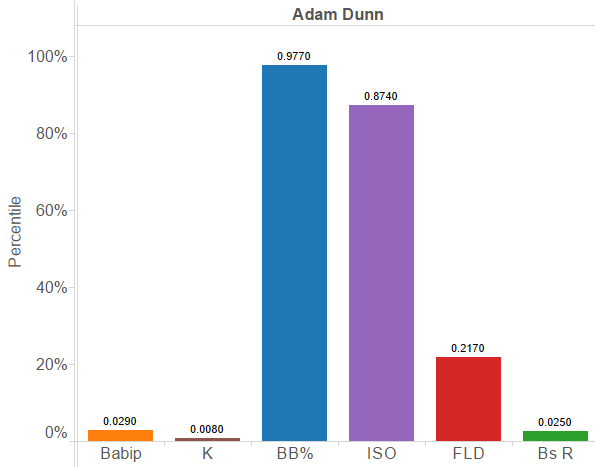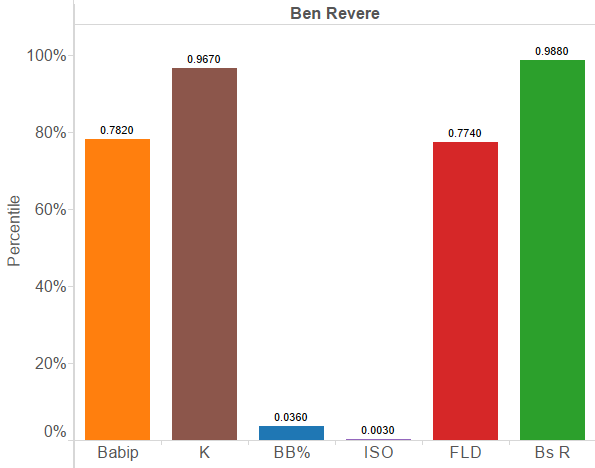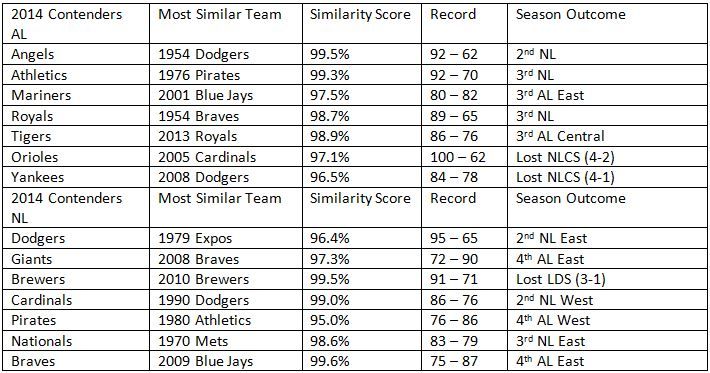Is This the True Jake Arrieta?
So far this season Jake Arrieta has looked like an ace, pitching to a 2.53 ERA which is over 2 points better than his career average. His K/9 is at a career high and his BB/9 are at a career low — 9.19 and 2.32 respectively. However, the biggest difference in Arrieta’s success comes from his ability to limit home runs this season. His .36 HR/9 is significantly lower than his career average of 1.01. People have been questioning whether or not Arrieta can sustain this or not and how he has become a completely different pitcher this season.
The key to this change in Arrieta could conceivably be coming from his change in pitch mix this season.
| Season | FA% | FC% | SI% | SL% | CU% | CH% |
| 2010 | 31.7% | 30.2% | 13.1% | 14.6% | 9.9% | |
| 2011 | 43.5% | 17.0% | 15.9% | 15.4% | 7.9% | |
| 2012 | 33.8% | 1.0% | 26.6% | 14.9% | 15.9% | 7.5% |
| 2013 | 28.2% | 1.6% | 37.6% | 13.8% | 15.0% | 3.6% |
| 2014 | 22.1% | 1.6% | 23.3% | 29.3% | 18.2% | 5.3% |
The major thing that stands out from looking at his pitch F/X data is that Arrieta has begun to use his slider more than ever before in his career this season. Almost twice as much as his previous career high. Arrieta has actually been using his slider as his most frequently used pitch. The heavy increase in Arrieta’s usage of his slider has been at the expense of both his sinker and his four seam fastball which are both at or near career lows this season. What is interesting is that Arrieta decreasing his usage of a sinker has actually lead to a career high in GB%.
This lead to an interesting idea of what other starters this season have been using a breaking pitch as their most-used pitch this season. That found seven such starters including Arrieta. Here is their pitch mixes according to pitch F/X.
| Name | FA% | FT% | FC% | SI% | SL% | CU% | CH% |
| Tyson Ross | 24.2% | 31.2% | 0.1% | – | 41.2% | – | 3.0% |
| Madison Bumgarner | 24.3% | 17.1% | – | – | 36.7% | 13.8% | 7.8% |
| Drew Smyly | 28.9% | 21.9% | 12.6% | – | 31.2% | – | 5.2% |
| Jason Hammel | 30.4% | 27.4% | – | – | 30.9% | 7.0% | 3.9% |
| Kevin Correia | 14.6% | 17.1% | 6.0% | – | 30.9% | 16.4% | 14.9% |
| Jake Arrieta | 22.1% | – | 1.6% | 23.3% | 29.3% | 18.2% | 5.3% |
| Josh Beckett | 27.4% | 13.5% | 12.2% | – | – | 30.7% | 15.9% |
What is interesting about this group is that most of these guys other than Arrieta have all featured their breaking stuff as either their number one or two pitch for much of their careers while Arrieta just began featuring it this season. Although Tyson Ross did use the slider a lot early in his career, his usage of the pitch has significantly increased over the past two years — 25.5% in 2012 and 32.2% last season. He has had a similar change in success to what Arrieta has seen this season. Ross’s GB% is at a career high beating his previous career high that he set in 2013 by 3 percentage points. His K/9 and BB/9 have also risen and dropped respectively over the past two seasons once he began to use the slider more and more.
Using Ross’s pitch usage changes as a blueprint for Arrieta’s potential future successes the trends seem to fit. The only place Arrieta truly changed that Ross did not see a change is in his HR/9. Arrieta was homer prone early in his career while Ross never was. However, Ross’s pre-change groundball rate was higher than Arrieta’s which supports his ability to keep the ball in the yard. Thus is it not insane to think that Arrieta could keep up the success he has had this season as long as he continues to feature his slider like he has this season.
